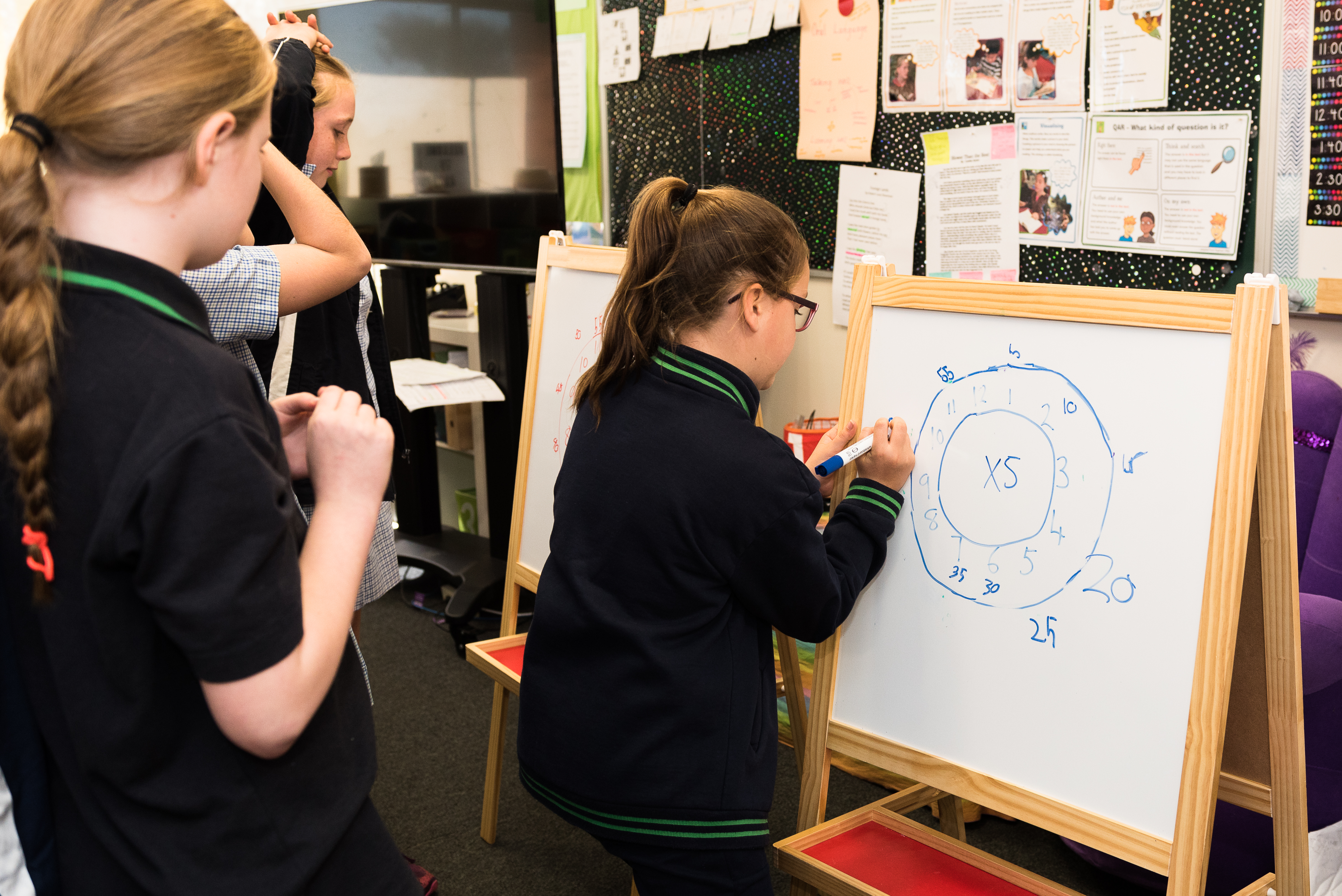
Healthy active learning at school
Inactivity is one of the leading contributors to chronic disease – yet almost three out of four primary school-aged children are not getting enough physical activity in their day.
An increasing lack of activity is pushing up our obesity rate. In fact, almost a quarter of Victorian children are overweight or obese according to a consensus statement released last month from a coalition of leading Victorian health agencies, including IPAN.
The consensus statement, A Healthier Start for Victorians, calls for more preventative action on childhood obesity and recommends specific policies to address the crisis.
One of these recommendations is to support schools to increase students’ physical activity and physical literacy.
To help teachers integrate physical activity into everyday class activities, IPAN researchers have pioneered the ground-breaking Transform-Us!.
The evidence-backed program is highlighted in the consensus statement as a simple way of incorporating movement into the classroom. Research has shown Transform-Us! helps improve children’s classroom behaviours, academic outcomes, physical activity and health.
IPAN expert in children’s fundamental movement skills, Associate Professor Lisa Barnett, says it’s also important to concentrate on the development of children’s motor skills and improve teacher assessment of motor skills.
She says combining more opportunities for physical activity with improved motor skill development are important considerations for policy-makers, and part of the holistic current topical concept of ‘physical literacy’.
“Increasing opportunities for physical activity is one important part of the puzzle. But we know that half of Australian children haven’t mastered basic movement skills like throwing, kicking and jumping by the time they leave primary school,” she explains.
“If we are not providing the resources and taking the time to teach these skills, we are setting children up for failure and a belief that they are not capable.
“When children have the skills, they are more likely to enjoy the activity – which helps establish good physical activity levels early on. It’s another important pillar in the development of obesity prevention policy.”
IPAN’s core objective is to undertake research and find solutions to tackle the biggest physical activity and nutrition challenges – so we can make a difference to community health in the short and long term.
This is our third blog in our series on policy actions to prevent childhood obesity.
Click here for more information about Deakin IPAN’s research into physical activity and nutrition or follow us on Twitter @DeakinIPAN